Come Winters and you would find the water lines in your home begin to freeze and stop working. One of the prerequisites that you need to focus on is checking if your outdoor plumbing is ready for winter. So should the outside faucets be left open or closed in winter? Let us answer that question and find more details on how to take care of your faucets and piping system in winter.
Replace the cap of the faucet and close the outside faucet. If you do not have a bleeder cap, you can leave the outdoor faucet turned to the ON position and prevent the build-up of pressure in the pipes.
How To Protect An Outside Faucet From Freezing In Winter?
There are several options that you can put to use in the winter to help prevent the outside faucet from freezing. One of the best options that you can put to use is drip your faucet. This will help reduce the pressure in the pipes and help you take care of the winter freezing issues and the subsequent possibility of bursting pipes due to pressure.
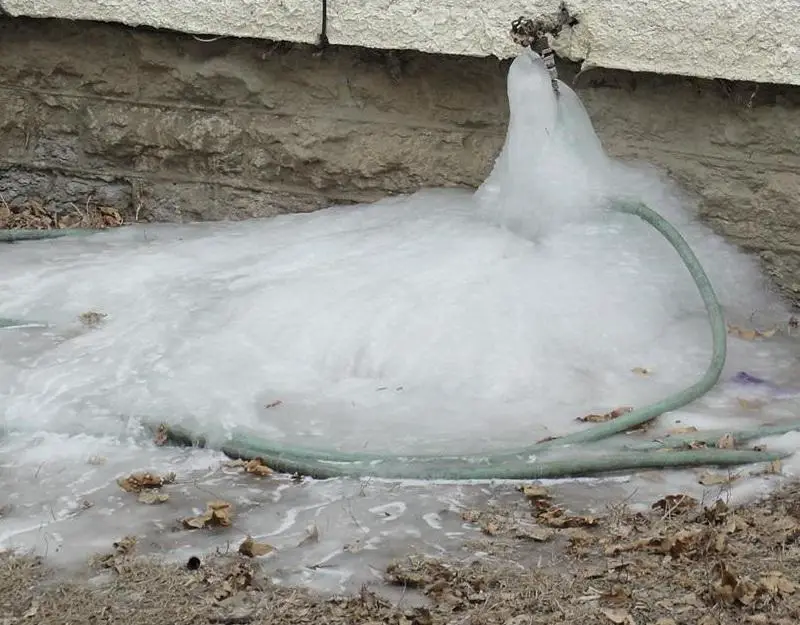
Here are the six-step methods that can be helpful in how to protect the outside faucet from freezing:
- Remove the garden hose from the faucet. This can be a helpful step in helping you take care of the freezing temperatures. It can be a great asset and helps you avoid the issues of having to run out to stow the house in the ice-cold weather.
- Shut off the upstream supply valve to the outside faucet.
- Drain off all the water from the pipe and faucet. This will ensure that no water is left behind after the valve is shut off. The water if left can freeze and expand. If the valve is leaking, make sure that you have replaced it before winter arrives.
- Install an outdoor faucet protector. You can use a foam faucet cover to help you provide an additional layer of support against freezing.
- Insulate the pipe that leads to the faucet. You can buy a foam insulation cover to protect against the issues created by the exposed plumbing.
- You can also install a freeze-proof faucet. It would help you avoid the hassles of having to go through the winterizing of your outdoor faucet. A frost-free faucet is the best that can happen to you as you can continue using it year-round.
At What Temperature Does An Outside Faucet Freeze?
The outside faucets are likely to freeze at 32 degrees F or 0 degrees C. An exposure of around 6 hours to freezing temperatures can cause freezing water in the outside pipes. To prevent the issues such as a burst pipe or cracked hose bibb, it would be a great option to help you in freezing the weather arrives.
Pipes are likely to burst when exposed to freezing temperatures. Interior pipes are generally safe even at temperatures as low as 20 degrees F or at minus 7 degrees F. However, the outdoor faucet can freeze at temperatures as low as 32℉ (0℃) when exposed for at least 6 hours.
It is advisable to check the following factors when you find outdoor faucets:
- The exterior water supply pipes can freeze and burst at the temperatures when they go below 32℉ (0℃) for 6 hours or longer.
- The interior pipes are at risk of freezing when temperatures go below 20℉ (-7℃).
- In some areas, the internal pipes can also burst when the temperatures reach the point of freezing.
What Happens If My Outside Tap Freezes?
A frozen pipe can cause several issues and can result in the loss of thousands of dollars of money. A few of the problems that you may come across when your outside tap freezes can include bursting of pipes, broken valves and broken joints. It can even cause a leakage inside your home.
The sections that are impacted by the freezing in the pipes can result in a huge number of issues that include swell, crack, or burst, creating major water leaks when the water inside thaws. The water leakage within the walls can result in a few other issues such as rotten wood or building materials and even mold growth. It is also likely to cause property damage in many cases.
Should Outside Faucets Be Left Open in Winter?
Leaving the outdoor faucet open during the winter is one of the excellent options to help you in preventing unwanted bursts and freezing issues. The running water is less likely to prevent freezing than the stagnant water.
One of the best options to help prevent freezing in your pipes is to run your taps for shorter intervals. Water will not freeze as long as it is moving. The small amount of running water in the tap can also relieve the pressure inside your pipes and prevent the possibility of over-expansion. Setting up the faucets to drip is one of the excellent options to help you winterize your house.
Frequently Asked Questions (FAQs)
The Parting Thoughts
The question of whether you should leave the outdoor faucets open or closed in winter can be a little difficult choice to answer. The actual solutions would ideally differ and it is always advisable to follow a few proper instructions and methods to help you address the concern. The primary option that you need to check with the outdoor faucets is to detach the outdoor hose and close the inside shut-off valve and that should solve most of the issues that you may have. Once the pipes have been drained, it is always practical to leave the faucets open to avoid building up pressure due to the water that remains inside the faucet or the water line.

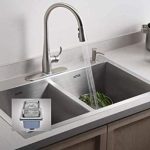
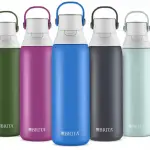
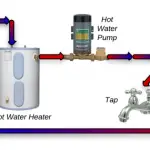
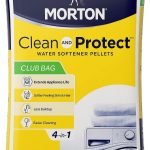
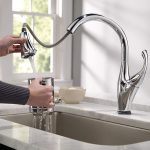






Add Comment